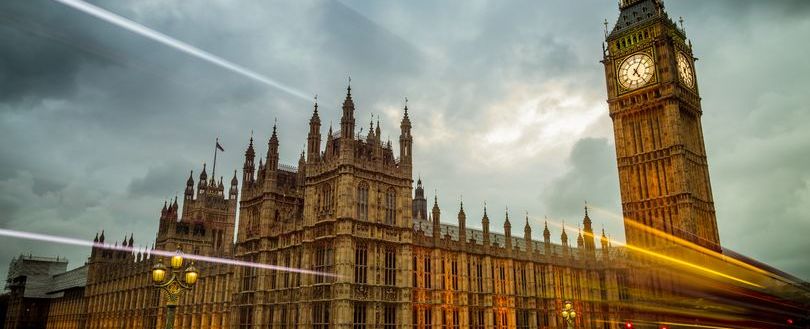
Building Safety Bill receives Royal Assent
Like it? Share it!
04 May 2022
The Building Safety Act 2022 will enshrine in law the Building Safety Regulator at the Health and Safety Executive who’ll provide oversight of the new system with powers of enforcement and sanctions. A Construction Products Regulator will also have power to remove dangerous products from the market. In addition, a New Homes Ombudsman scheme is going to provide independent redress for new build property buyers who have issues with either their new home or its developers.
The Building Safety Act will also look to implement a raft of new measures designed to protect leaseholders from the costs of historic building safety defects. A new ‘waterfall’ system will be established to dictate who’s responsible for the funding of cladding and non-cladding-related remediation.
The Act is going to enshrine in law the new ‘golden thread’ of information for the storage and dissemination of all safety-related matters in the design and construction of high-risk and high-rise residential buildings. On top of that, there are new requirements being placed on duty holders to have clear accountability and statutory responsibilities as buildings are designed, constructed and refurbished.
Despite the Building Safety Bill becoming law, many of the provisions will not come into force until 12-to-18 months from the date of Royal Assent. There’s a requirement for the formation of secondary legislation and, of course, a need to prepare the industry for the new regime ahead.
Eddie Tuttle (director of policy, external affairs and research at the Chartered Institute of Building) stated: “We are pleased the Building Safety Bill has received Royal Assent to ensure building safety is a priority and to provide much needed accountability in the system. This move delivers long overdue certainty for the industry. The next 12-to-18 months will be crucial in preparing built environment professionals for the new roles and competencies that will be required.”
In line with its public benefit mandate, the CIOB will continue to play a vital role in supporting the quality and safety agenda. Tuttle concluded: “The CIOB will also continue to collaborate with its sister professional bodies in order to help ensure the new arrangements are workable in practice and that the development of secondary legislation and guidance is fit for purpose.”
The Royal Institution of Chartered Surveyors (RICS) has issued a fulsome response to the news. The organisation has stated: “While we know that there is set to be secondary legislation and guidance, making sure the details of this are right will be essential for industry and firms across the country to effectively implement the changes required. The industry will need a clear brief from Government on the timeline moving forward, detail as to when the legislation will be ready and information on any consultations that will be brought in to allow industry to support at pace.”
Further, the RICS feels that the professional indemnity insurance (PII) market remains too weak to meet the needs of the industry. “It needs delivery of the long-awaited Government External Wall Systems PII scheme to support professionals carrying out external wall assessments, which is a fundamental element in enabling industry to make buildings safe and affording consumers the reassurances they have long waited for.”
The RICS continued: “We also need Government intervention on finding a solution for PII for those firms who are carrying out wider fire risk and building safety assessments and those carrying out the remediation work, as well as for all those involved in the design, construction and management of high-risk buildings.”
While not featuring in the Building Safety Bill itself, resolving the PII issue for building safety professionals – something for which the RICS has campaigned since late 2018, in fact – will be “a vital component” to ensure the quick implementation of the Building Safety Act and also to help keep the construction sector moving.
Related training
Related news
Related resources
-
Euralarm-FAQs-re-Environmental-Product-Declarations-EPDs.pdf 1
27 November 2025
-
Fire Risk Assessors Standard Scope of Services
07 August 2025
